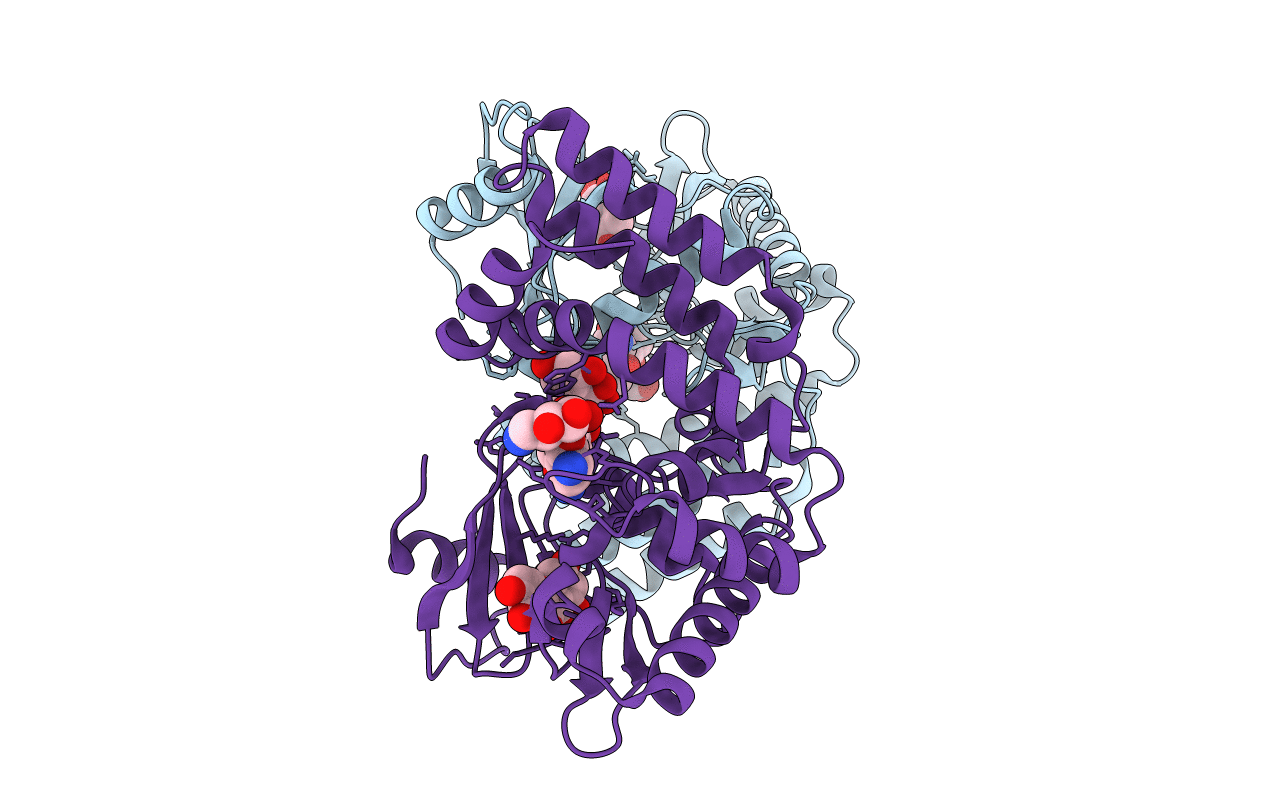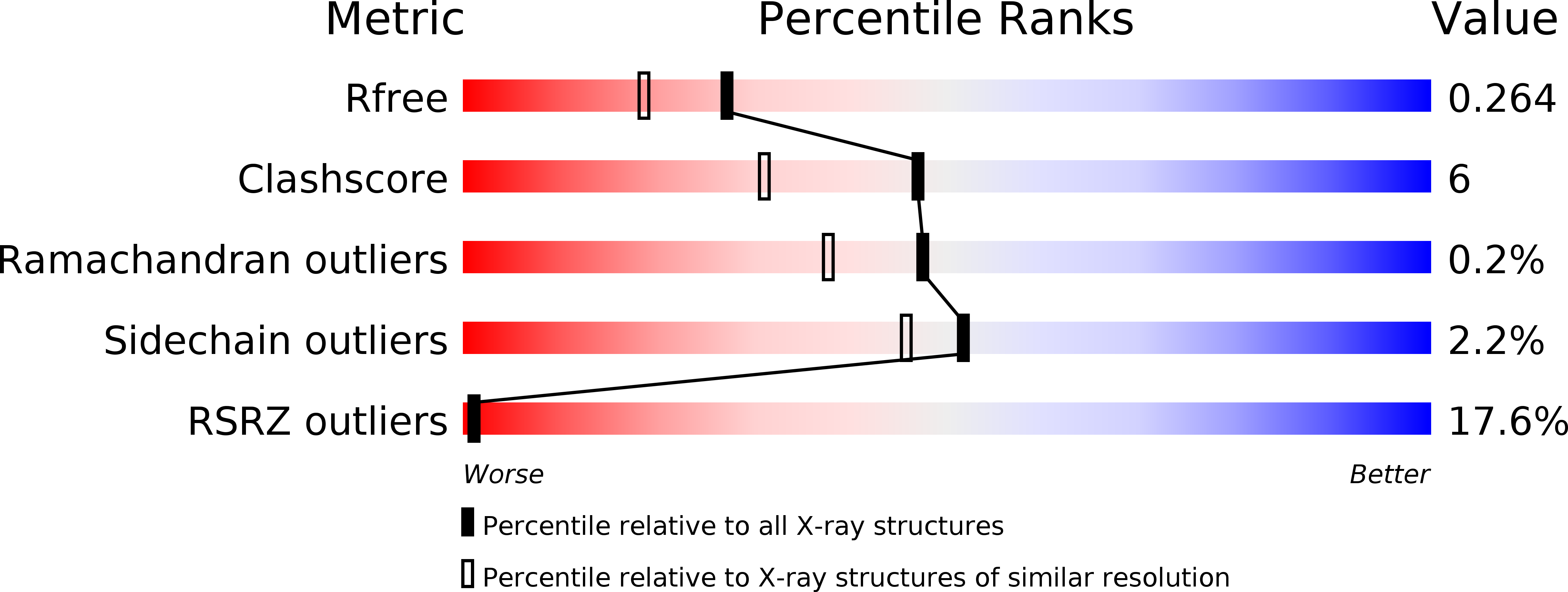
Deposition Date
2012-01-24
Release Date
2012-02-08
Last Version Date
2024-11-20
Entry Detail
PDB ID:
4DFU
Keywords:
Title:
Inhibition of an antibiotic resistance enzyme: crystal structure of aminoglycoside phosphotransferase APH(2")-ID/APH(2")-IVA in complex with kanamycin inhibited with quercetin
Biological Source:
Source Organism:
Enterococcus casseliflavus (Taxon ID: 37734)
Host Organism:
Method Details:
Experimental Method:
Resolution:
1.98 Å
R-Value Free:
0.26
R-Value Work:
0.21
R-Value Observed:
0.22
Space Group:
P 1 21 1


